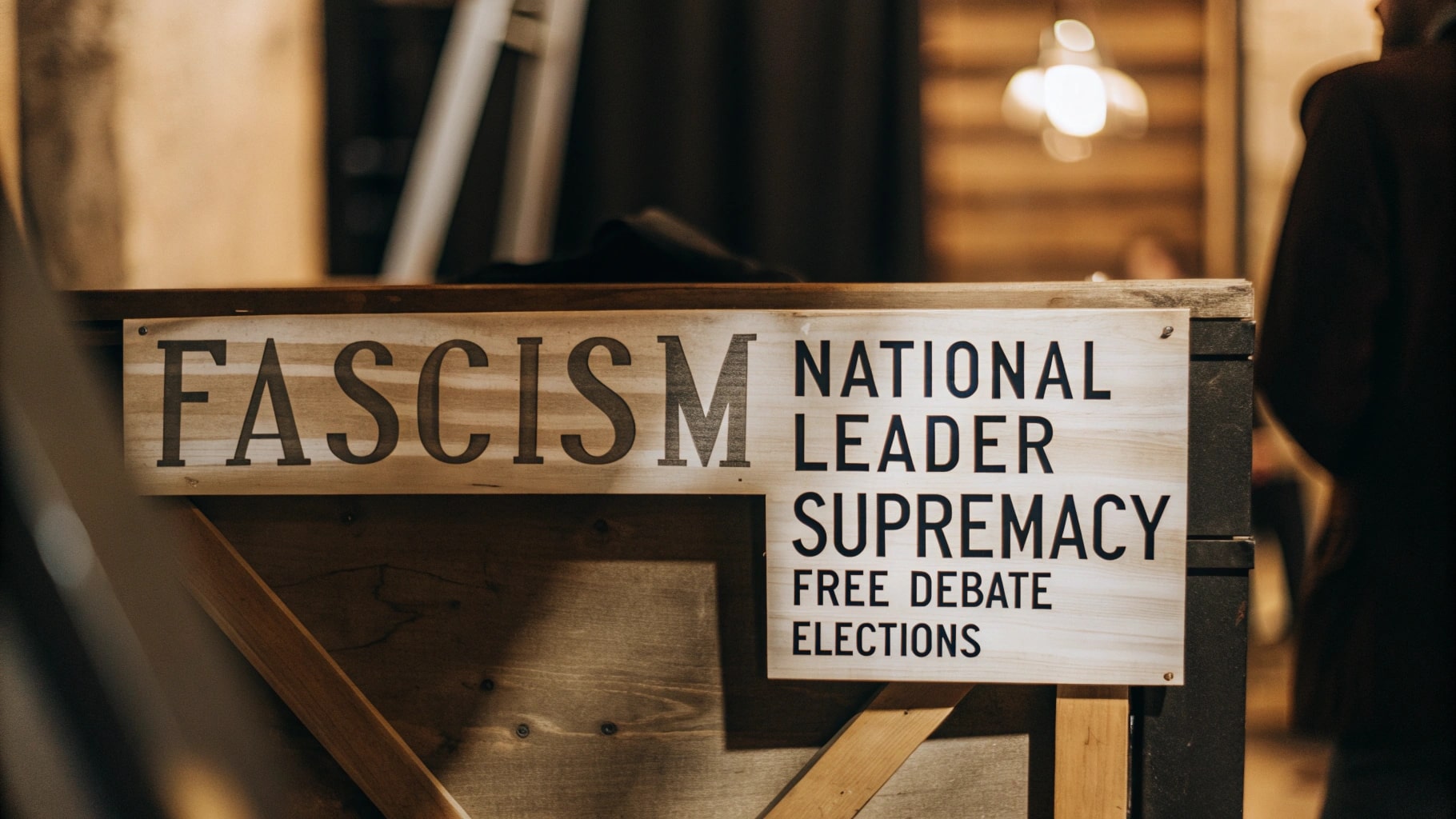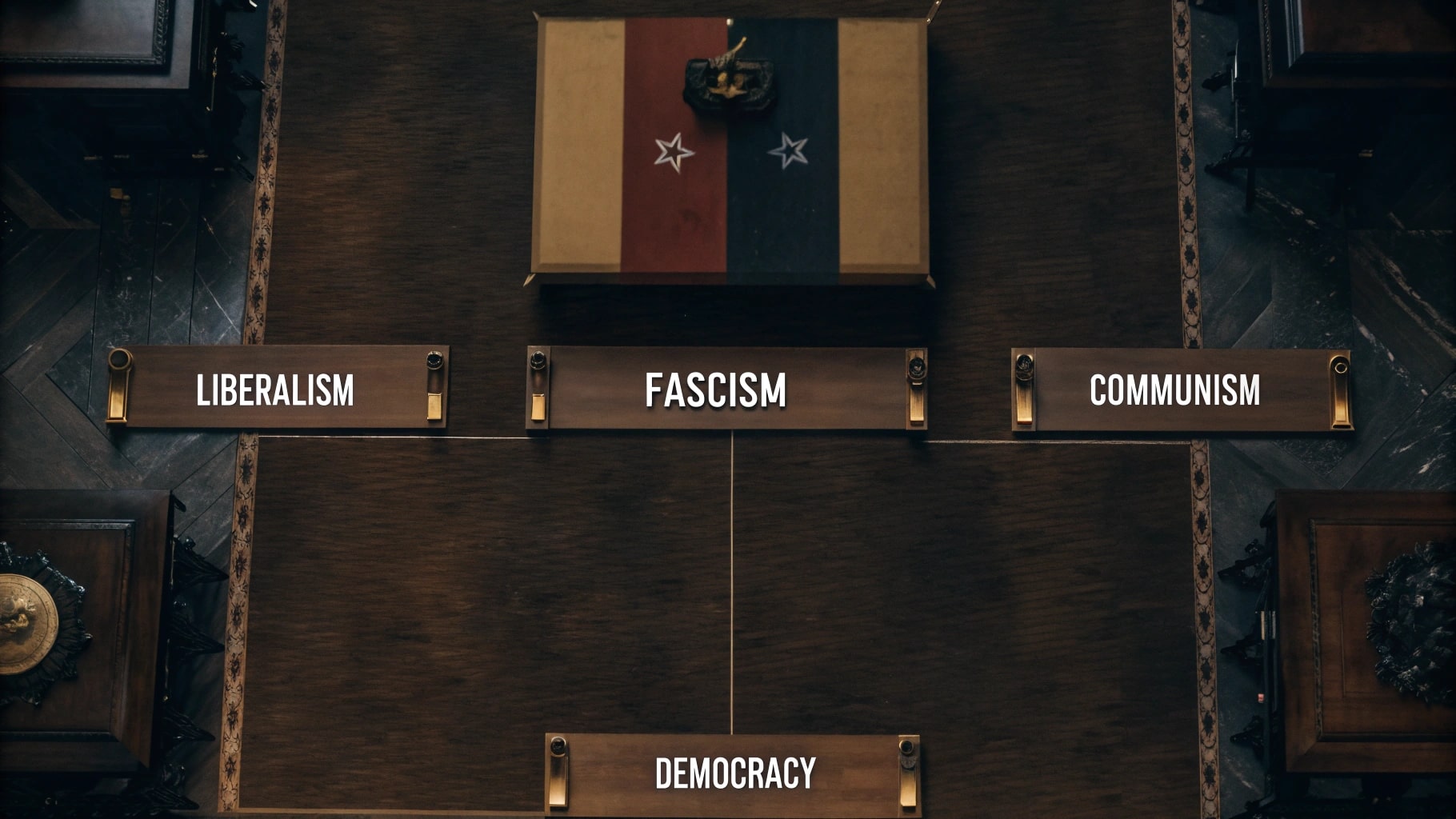Fascisterne: History, Meaning, and Impact of Fascism in Denmark
The word “Fascisterne” is Danish for “The Fascists”, referring to people who support or follow the ideology of fascism. This political belief promotes national unity, strict control, and obedience to authority rather than individual freedom. The term comes from the Italian word fascio, meaning “a bundle,” symbolizing strength through unity.
In Denmark, “Fascisterne” became widely recognized during World War II. It was used to describe individuals and parties inspired by Benito Mussolini in Italy and Adolf Hitler in Germany. Today, the term represents any movement or ideology that supports dictatorship, extreme nationalism, and suppression of opposition.
Origins of Fascism: Italy and the Ideology of Benito Mussolini
Fascism originated in Italy after World War I under Benito Mussolini, who founded the National Fascist Party. Mussolini promised to restore Italy’s former glory, strengthen the nation, and fight against communism. His leadership was based on complete authority, national pride, and military discipline.
By 1922, Mussolini had taken full control of Italy. His success encouraged similar fascist movements in other countries, including Germany and Denmark. The idea of a strong, united state led by a single ruler appealed to many during times of social and economic crisis, shaping much of Europe’s politics before and during World War II.
Core Beliefs of Fascism: Main Principles and Characteristics

At its heart, fascism believes in the supremacy of the nation and the leader. It rejects democracy, arguing that free debate and elections cause division. Instead, fascism promotes unity under one ruler, censorship of opposing ideas, and strict obedience to authority.
Fascist ideology also emphasizes military strength, discipline, and loyalty. It discourages individualism and promotes nationalism above personal interest. Diversity and dissent are often viewed as threats. These characteristics made fascist regimes powerful but also oppressive, leading to widespread violence and loss of freedom wherever they emerged.
The Rise of “Fascisterne” in Denmark: Historical Background
Fascism reached Denmark in the 1930s, mainly through groups like the Danish National Socialist Workers’ Party (DNSAP). Inspired by Hitler’s Nazi Germany, Danish fascists adopted similar uniforms, slogans, and beliefs. They admired authoritarian leadership and opposed communism, democracy, and liberalism.
Although “Fascisterne” gained some followers, they never achieved major political power in Denmark. Most Danes valued freedom and resisted extremist ideologies. Still, the existence of such groups revealed how global political movements influenced smaller European nations during turbulent times.
Role of Danish Fascists during World War II
When Germany occupied Denmark in 1940, some Danish fascists supported the occupiers. Members of DNSAP cooperated with the Nazis, hoping to establish a fascist government under German guidance. They joined German-led organizations and promoted propaganda to gain influence.
However, most Danish citizens rejected fascist ideas. The majority of Danes remained loyal to their democratic values and opposed the occupation. While fascist supporters existed, their collaboration with the Nazis made them deeply unpopular after the war ended.
Resistance Movements: Denmark’s Opposition to Fascism

Denmark’s resistance against fascism is one of its proudest historical moments. Ordinary citizens, students, and political groups secretly organized sabotage, protests, and underground newspapers to fight against fascist rule. They risked their lives to protect democracy and human rights.
The resistance also helped many Jewish families escape to Sweden, saving them from Nazi persecution. This courage showed that while “Fascisterne” tried to gain control, the spirit of freedom and humanity remained stronger within the Danish people.
Decline of “Fascisterne” after the War and Legal Consequences
After World War II, Denmark regained full independence, and the fascist movement collapsed. Members of DNSAP and other collaborators were arrested or faced public rejection. The nation united in rebuilding its democracy and distancing itself from fascist ideology.
In the following decades, fascism became a symbol of tyranny and cruelty. Danish society began focusing on peace, equality, and human rights, ensuring that the horrors caused by fascism would never return.
Modern Context: How “Fascisterne” Is Used in Today’s Politics and Society
Today, “Fascisterne” is often used in Denmark and Europe to describe far-right or extremist groups that promote hate, racism, or authoritarian ideas. Although modern politics rarely involve true fascism, similar attitudes sometimes appear in discussions about nationalism or immigration.
The term also appears in protests and social debates as a warning against intolerance. It reminds people of the dangers of extreme ideology and the importance of protecting democracy, free speech, and diversity.
The Impact of Fascism on Danish Culture and Democracy
Modern Danish democracy is built on equality and openness — direct opposites of fascist beliefs. The country’s history serves as a living example of how freedom and unity can overcome dictatorship and fear.
Fascism left a lasting mark on Danish culture, reminding future generations about the value of freedom. The experience of occupation and collaboration taught Denmark to defend democratic values more strongly. Education, art, and media continue to reflect lessons from that dark period.
Comparison Between Fascism and Other Political Ideologies

Fascism stands in direct contrast to democracy and socialism. While democracy supports freedom of speech, elections, and equality, fascism enforces control and obedience. Socialism, on the other hand, values equality and collective welfare, which fascists oppose.
By studying these differences, people understand how political ideologies shape societies. It helps recognize which ideas lead to peace and which lead to conflict or oppression.
Public Awareness: Why Understanding Fascism Still Matters Today
Even though classical fascism no longer dominates, its lessons remain vital. Knowing how “Fascisterne” rose to power helps prevent similar movements from growing again. Education about fascism promotes tolerance, diversity, and critical thinking among younger generations.
Understanding fascism is not just about history — it’s about protecting the future. When people know the signs of hate and control, they can stand up for freedom, equality, and peace.
Conclusion: Lessons from History and the Importance of Tolerance
The story of “Fascisterne” is a warning from history. It shows how fear, propaganda, and blind obedience can destroy nations. Yet, it also shows how courage, unity, and moral strength can defeat tyranny. Denmark’s experience proves that democracy, respect, and tolerance are the true pillars of progress. By remembering the past, we ensure a better, freer, and fairer future for all.
FAQs
What does the word “Fascisterne” mean?
“Fascisterne” is a Danish term meaning “The Fascists,” referring to people who follow fascist ideology.
Where did fascism begin?
Fascism began in Italy after World War I under the leadership of Benito Mussolini.
Were there fascists in Denmark?
Yes, Denmark had fascist parties like DNSAP, especially during the 1930s and World War II.
What are the main ideas of fascism?
Fascism promotes nationalism, dictatorship, and obedience while rejecting democracy and equality.
How did Denmark resist fascism?
Many Danes joined resistance groups that fought Nazi and fascist control during World War II.
What happened to Danish fascists after the war?
They lost all power and faced legal and social punishment for supporting the Nazis.
Is fascism still present today?
Traditional fascism is gone, but similar far-right ideologies still appear in some political movements.
Why is the term “Fascisterne” used today?
It’s used to describe authoritarian or extremist groups that resemble old fascist ideologies.
How is fascism different from democracy?
Democracy supports freedom and equality, while fascism enforces control and obedience.
Why should people study fascism?
Learning about fascism helps prevent history from repeating and promotes peace and tolerance.
Related Post: